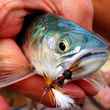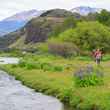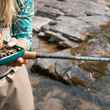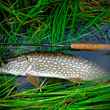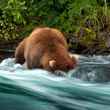My little brother and I slipped our 17-foot aluminum canoe into the flat water of the Sabine just as the sun poked over the beech trees and hit the river. The quiet of the East Texas dawn was primal, and a heavy mist floated above the surface as we dipped our paddles into the river and pushed our way into the subtle current.
The shooting
by Chris Hunt - Thursday, Jul 15th, 2021



